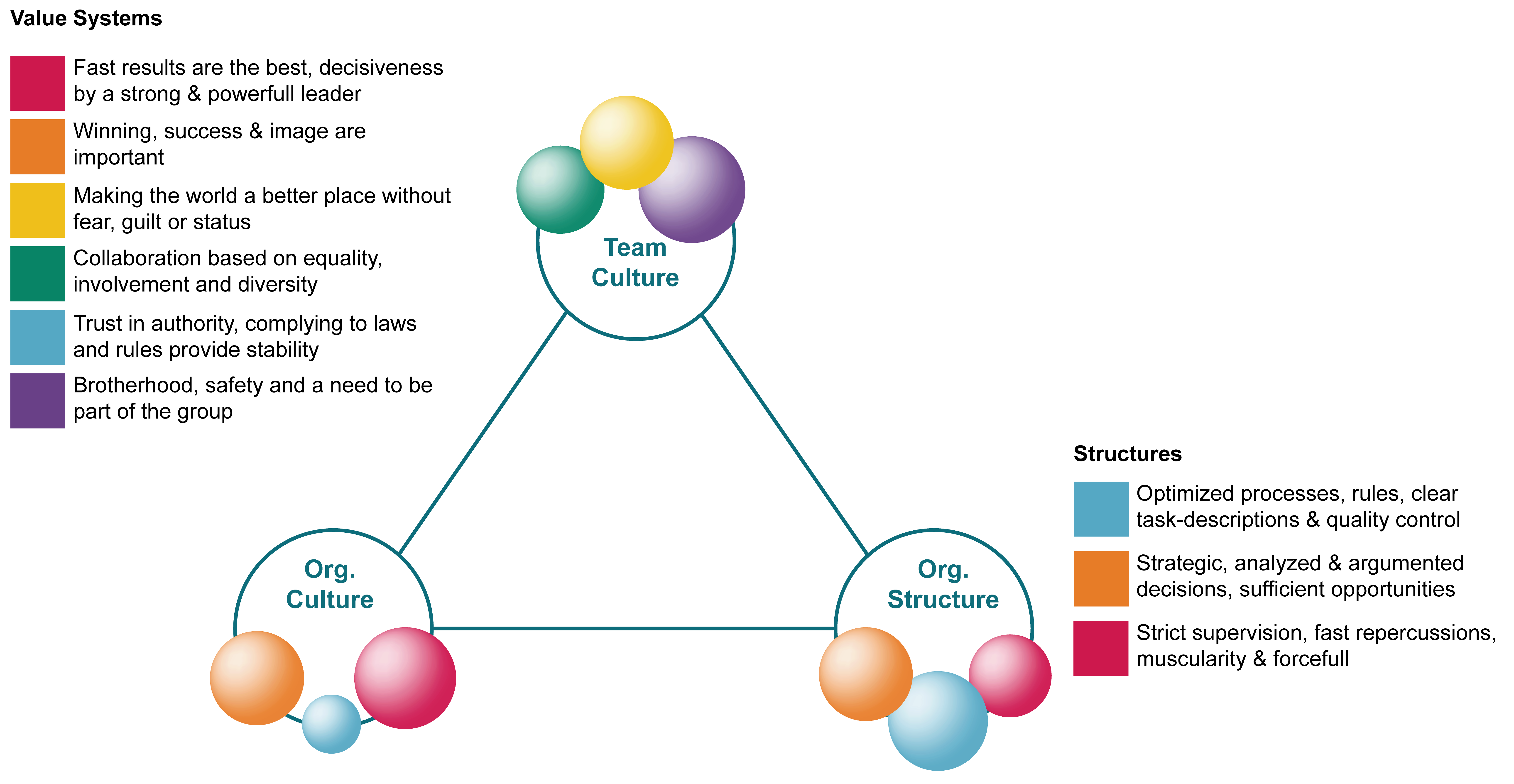
Many organizations nowadays have an urgency to adopt Agility. Fast changing markets increase the risk to miss opportunities, which uncovers that organizations are often too slow. The required innovation speed also puts continuous pressure on product quality and the ability to deliver something valuable. So, it's not a surprise that Agility has become mainstream, 20 years after the Agile Manifesto was released. It is a surprise that most of these mainstream Agile implementations are still not mature.
Agile immaturity
The potential of the Agile organization with Scrum and Kanban applied at its foundation is huge. When implemented well, you will have happy customers, happy employees and great products or services. However, most organizations are not reaching this full potential and end up with an immature Agile implementation. They spend a lot of money on hiring coaches, implementing scaling frameworks, redefining processes & training teams. However, they miss the most important factor to make a change towards Agile successful: Culture.
Leaders fail to create the right culture for Agile to thrive
The team at the core
One of the most fundamental principles in the Agile approach is to make cross-functional teams responsible for end to end product development.
In the ideal situation:
- A mature team communicates directly with customers. With such a short feedback mechanism we eliminate as much waste as possible (waiting times, long decision-making, politics, etc)
- There is no committee that takes product decisions, but one Product Owner who has earned the mandate and trust to take fast decisions that optimize the product value
- A team has all disciplines and knowledge to create a usable & valuable product on a regular basis
- Teams take responsibility for fixing problems, continuous improvement and continuous learning. It is typically the Scrum Master who supports the organization in creating such mature teams.
Unfortunately, these type of teams are scarce and hard to find.
Balanced team Culture
Hard to find doesn't mean impossible, though. In the last 15 years I worked with a handful of teams that accomplished this level of maturity. All of them had a few things in common:
- The organization created the right support-structures to help them do their work in the most professional way
- Their manager had full trust that the team was aligned and focused on accomplishing a shared goal
- Team members trusted their manager to do whatever needed to make them successful
- The power distance between management and the team was very low
In one of the recent examples we encountered, when measuring the culture in the organization, this is what we found:

This example shows a balanced team culture:
- The organization culture (the values of the management team) and the team culture (team and individual values) were very much aligned
- The organization structure provides a solid basis for the team-based culture to grow further
For this particular organization there was no need for change or external help and there was a lot of focus on accomplishing shared goals.
Unbalanced team Culture
In most organizations, we find situations like this, when we measure the culture:

This example shows:
- Very little to no overlap in the organization culture and the team culture.
- A dominant organization culture that is based on principles of individualism and no team work
- An organization structure that does not stimulate teams to start collaborating more (think of reward systems, politics, hierarchy, etc)
The basis of such an organization is very stable (it is probably using the structures and culture for some time) and therefore hard to change. The typical way to approach change in such an organization is to rollout procedures, plans, roles and structure and to motivate teams around the plans that are made elsewhere. A few examples of what we often encounter:
- Introducing new roles without designing a responsibility-shift towards teams
- Implementing scaling frameworks without a mature scrum implementation
- Rolling out structure without designing the culture shift
- Putting people in charge of change with a value system opposite to the Agile values
As a result, Agile does not mature and we build wrong expectations and disappointment.
Conclusion
Most modern organizations are built on a value system that stimulates individual performance, winning, success, compliancy and top-down decision making. As long as there is no need to change this way of working, everything is fine.
However, once we require faster bottom-up intelligence and team-based decision making we need a shift towards a new value system. We as leaders should be the leading example of this change:
When the need for Agility is real, you should be willing to gradually change the foundation that your organization is built upon.
Leaders often fear this kind of change, because they have no way to control it. The added value of the Agile Leader is to help the organization measure and design the cultural implications of change. With these kind of culture measurements, leaders can get better control and perhaps even predictability on how transformations develop.
Agile change is too expensive, if you don’t start with measuring the impact on your culture.
More info
If you want to learn more about Agile Culture:
Read my full article on Agile Culture or
Sign up for my Organization Culture Design Workshop

